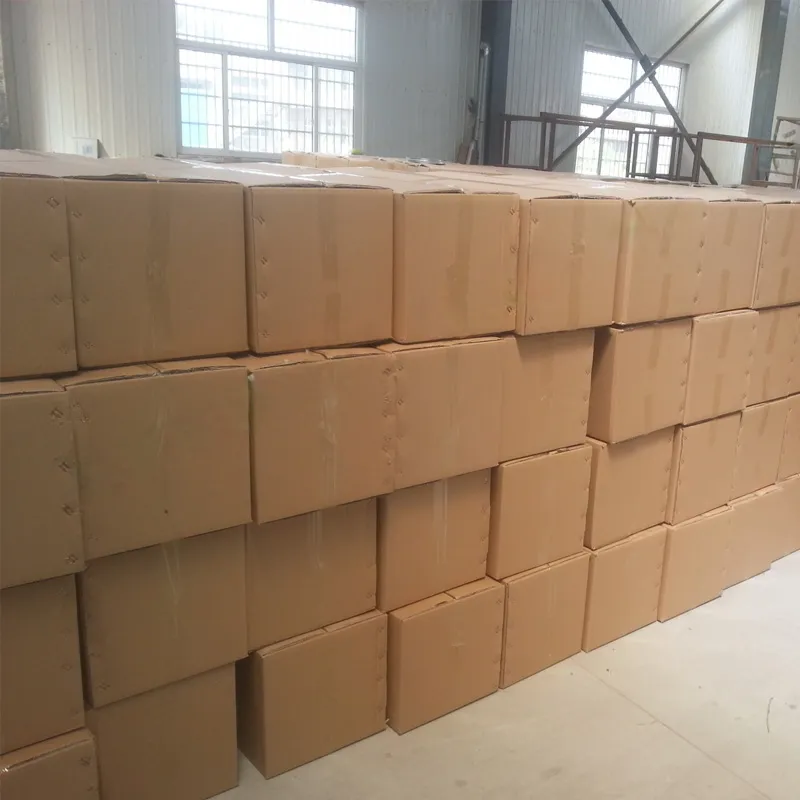 Tel:
+8615930870079
Tel:
+8615930870079
11月 . 24, 2024 00:05 Back to list
cartridge filter vacuum
Understanding Cartridge Filter Vacuum Systems A Comprehensive Guide
In industries where cleanliness and efficiency are paramount, cartridge filter vacuum systems play a vital role in maintaining high air quality and operational standards. These systems utilize a specialized form of filtration technology to remove dust, debris, and other particulate matter from the air, ensuring that workplaces and production environments remain safe and productive. In this article, we will delve into the components, operation, advantages, and applications of cartridge filter vacuum systems.
Components of Cartridge Filter Vacuum Systems
At the heart of any cartridge filter vacuum system are several key components. The system typically includes a vacuum pump, a collection tank, and the cartridge filter itself. The vacuum pump generates suction, which draws in air and any particulate contaminants present in the environment.
The cartridge filter is the primary filtration element, designed to capture a wide range of particle sizes. These filters are usually made from fiberglass, polyester, or other synthetic materials, and they feature a cylindrical shape that maximizes surface area while minimizing resistance to airflow. This design allows for efficient filtration without compromising the performance of the vacuum system.
Additionally, many systems incorporate a baghouse or a similar structure that further enhances the overall filtration process. This component collects larger debris before it reaches the filter cartridges, prolonging their lifespan and improving the overall efficiency of the system.
Operational Mechanism
When the vacuum is turned on, the vacuum pump creates a negative pressure that draws air into the system. As the air flows through the cartridge filter, contaminants are trapped on the filter surface while clean air is expelled back into the environment. Periodically, the system may employ a reverse airflow or a pulse-cleaning feature to dislodge accumulated debris from the filter cartridges. This self-cleaning mechanism is essential for maintaining the system’s efficiency and prolonging the life of the filters.
The maintenance of cartridge filter vacuum systems is relatively straightforward; however, regular inspection and cleaning schedules should be established to ensure optimal performance
. Depending on the level of dust and debris in the environment, filter cartridges may require replacement every few months or as needed.cartridge filter vacuum

Advantages of Cartridge Filter Vacuum Systems
The benefits of using cartridge filter vacuum systems are numerous. One of the primary advantages is their ability to efficiently capture fine particles, including those that are hazardous or toxic. This not only improves the air quality of the workplace but also protects the health of employees.
Another significant advantage is the flexibility of cartridge filter vacuum systems. They can be adapted for various applications, including woodworking, metalworking, pharmaceuticals, and even food processing. Their compact design allows them to fit into tight spaces, making them suitable for both large factories and smaller workshops.
In addition, these systems provide cost-effective long-term solutions because the filter cartridges are designed for durability and efficiency. While the initial investment may be higher than traditional vacuum systems, the reduction in maintenance costs and increased productivity often make them a more economical choice over time.
Applications of Cartridge Filter Vacuum Systems
Cartridge filter vacuum systems are versatile and can be employed in numerous settings. In industrial environments, they commonly serve to maintain clean air in manufacturing processes, such as grinding, sanding, and machining. In laboratories, they help maintain sterile conditions required for sensitive experiments.
Moreover, these systems are increasingly being used in the food industry to comply with strict sanitary regulations. By efficiently removing particulate matter, they not only enhance product quality but also contribute to food safety standards.
Conclusion
In summary, cartridge filter vacuum systems are integral components in maintaining air quality across various industries. Their high efficiency, adaptability, and minimal maintenance requirements make them indispensable for workplaces that prioritize health and safety. As industries continue to emphasize cleaner environments and better working conditions, the relevance and application of cartridge filter vacuum systems are expected to grow even further. Investing in such systems is not just a practical choice; it is a commitment to a safer and more productive work environment.
-
Nano Fiber Technology: Revolutionizing Cartridge Dust Collector FiltersNewsAug.06,2025
-
How Activated Carbon Air Cartridges Eliminate OdorsNewsAug.06,2025
-
Dust Filter Cartridge Handling Fine Particulate MatterNewsAug.06,2025
-
Cartridge Dust Collector Filter for Welding Fume ExtractionNewsAug.06,2025
-
Activated Carbon Filter Cartridge Effectiveness Against VOCsNewsAug.06,2025
-
Activated Carbon Air Filter Cartridge Benefits ExplainedNewsAug.06,2025

 Email:
Email:





